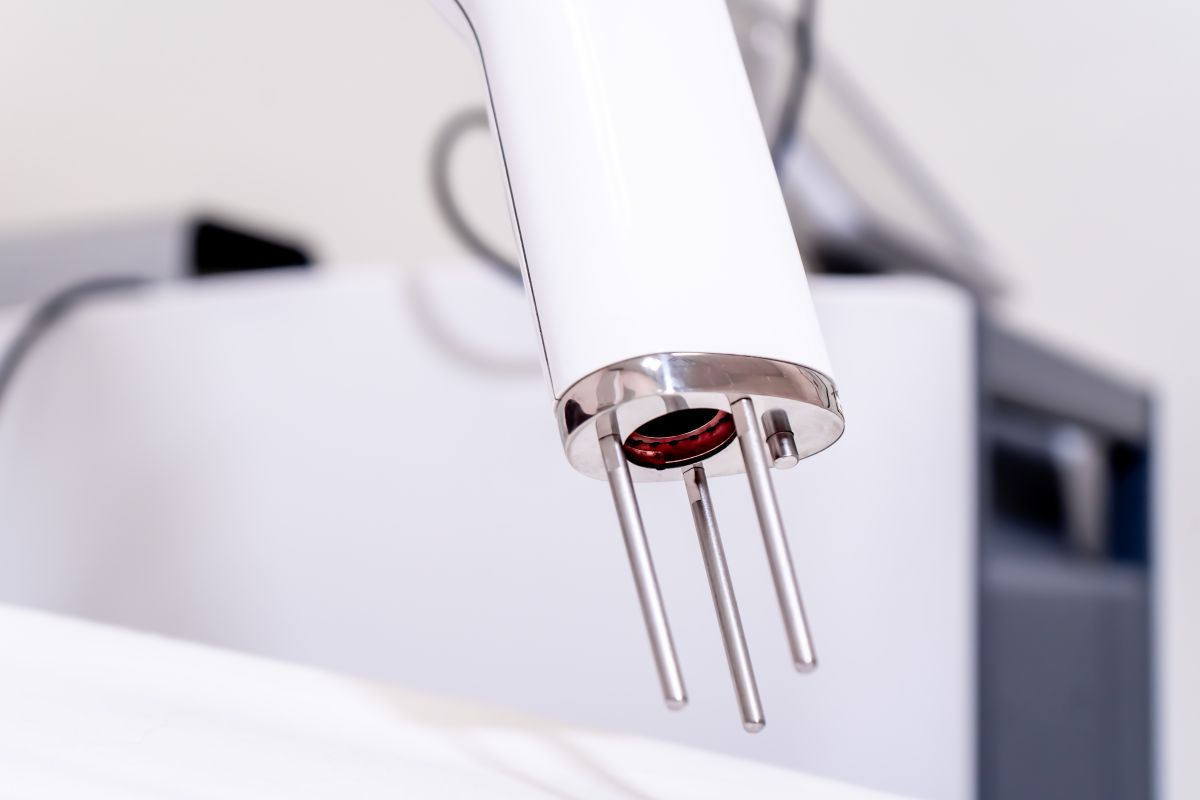
▶ Previous Artlcle : #18-5. Picosecond Laser
Thus, the handpiece should attach to the skin to irradiate a low fluence laser when the LIOB is required to form toward the dermis.
On the contrary, when the operator wants to form the LIOB toward the epidermis, the handpiece should be a bit defocused or a high fluence laser is irradiated to cause plasma induced ablation on the epidermis, leading to tissue regeneration.
HELIOSⅡ/LOTUSⅡ/HYPERION – Manufacturer: LASEROPTEK(https://www.laseroptek.com/)
Various Indications
Indications that can be dealt with a picosecond laser include pigmented lesions such as freckles, blemishes, ephelides, tattoos, and pigmentation, or anti-aging and regenerative improvements such as wrinkles, scars, pores, elasticity, and skin texture.
Although many things should be revealed on picosecond laser, the laser has demonstrated lots of merits such as effective destruction of chromophores with its high peak power, reduction in recovery time and pain, reduced side effects including hyperpigmentation or hypopigmentation, and remarkable tissue regeneration by fractional handpieces.
Meanwhile, it may have side effects (folliculitis, itchiness, rash) more frequently than a nanosecond laser because its high peak power stimulates the skin.
Currently, up to 300 or even 150 picosecond lasers have been on the market.
When a laser of less than 100 picoseconds is released to be used to induce the LIOB without using fractional hand pieces, it may be a time to consider the value and utility of such device.

Hand piece of a picosecond laser.
-To be continued




















